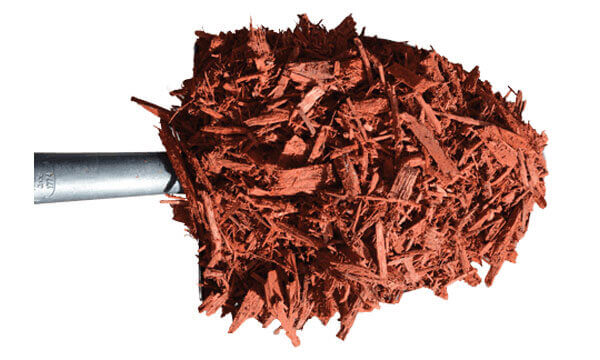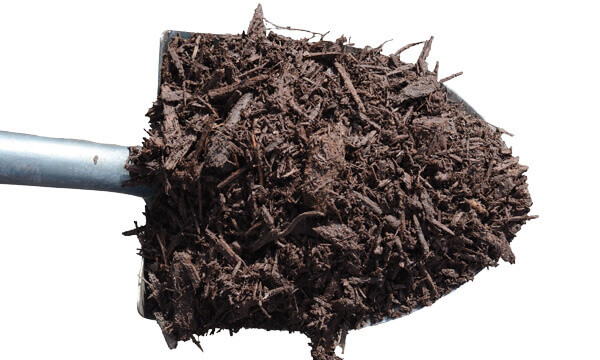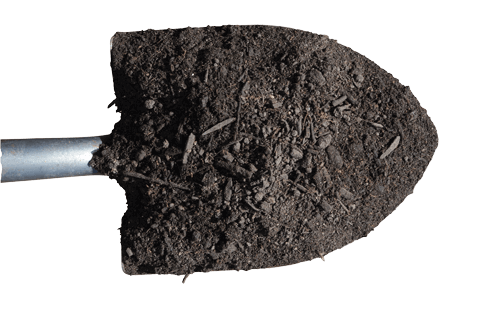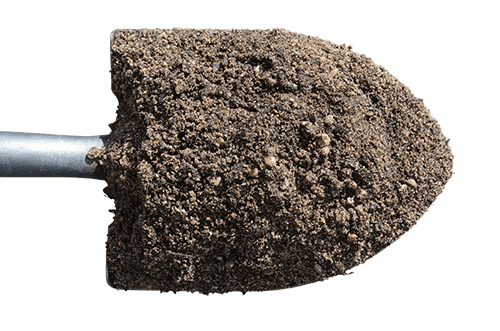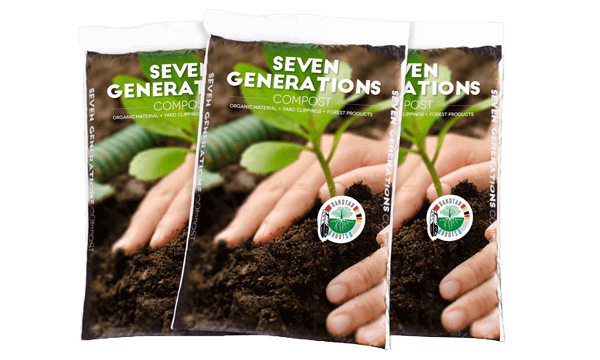Many people wonder what happens to compost piles in the winter. Your backyard compost pile will likely freeze and wait until spring to resume decomposition. However, this is not true for large-scale composting. Material at the SMSC Organics Recycling Facility composts right through the winter, even during the coldest and snowiest days Minnesota has to offer. Food waste and yard waste arrive at the SMSC Organics Recycling Facility year-round. Luckily, our staff have several strategies they use to continue composting material even when the temperatures drop.
The biggest factor that helps compost piles generate and retain heat is the size of the pile. Since the SMSC Organics Recycling Facility composts in large windrows, these piles keep their heat very well. Our windrows are usually 10 feet tall, but in the winter we may make them slightly larger to retain more heat. Generally, the outer few inches of the compost pile will freeze and form a frozen crust over the pile. However, the inside of the pile stays very well-insulated. We routinely see temperatures in the piles between 130°F and 160°F throughout the winter.
Another way we help the windrows retain heat in the winter is by adjusting the compost recipe. We can lower the compost recipe’s carbon (C) to nitrogen (N) ratio, which makes the pile generate more heat. In the summer, we aim for a C:N ratio of around 30, and in the winter, it is closer to 25. For example, a C:N ratio of 25 means there is 25 times more carbon present than nitrogen. We can also limit the amount of bulking agent we add to the pile. Larger pieces of wood are mixed into the compost recipes to create air spaces and allow airflow. If we limit this bulking agent and allow less airflow, the pile will retain more heat.
The cold weather also means we need to be strategic about turning. Turning is necessary year-round, but it releases a lot of heat from the piles. For this reason, turning will be avoided on the coldest winter days. After turning, the windrows cool down significantly. It takes about 24 hours for the piles to heat back up to their original temperatures. When we turn during the winter, you will likely see a large plume of steam coming from the SMSC Organics Recycling Facility.
An additional challenge in winter is the moisture content in the windrows. For optimal composting, the windrows need to be at about 50% moisture. However, we can’t water the windrows in the winter because the lines would freeze. Instead, we have to wait for snow. When it snows, we will purposely put piles of snow on top of the windrows. The heat from the rows will melt the snow, and the melting snow soaks into the pile.
In spite of a few challenges associated with winter composting, the staff here at the SMSC Organics Recycling Facility staff have plenty of tricks up our sleeves to handle any type of cold weather that comes our way. Happy composting!

